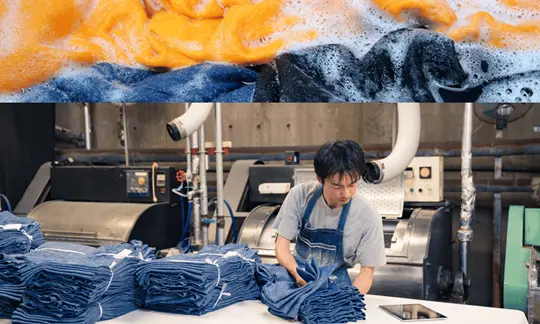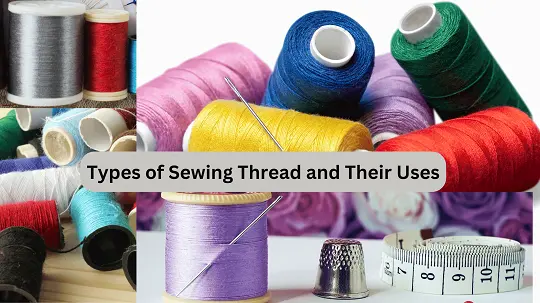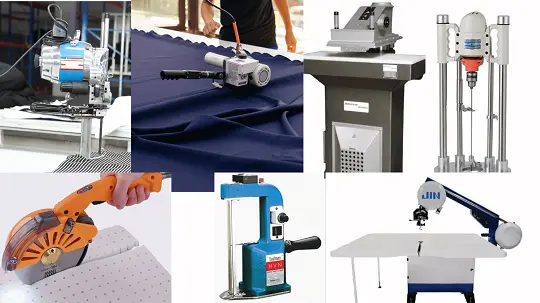Different Types of Garments Wash
Different Types of Garments Wash Garments wash refers to the process of cleaning and treating fabrics to improve their appearance, texture, and durability. Washing clothes involves different techniques and chemicals depending on the type of fabric, color, design, and desired effect. Some common types of garment wash include regular wash, bleach wash, stone wash, enzyme[…]






